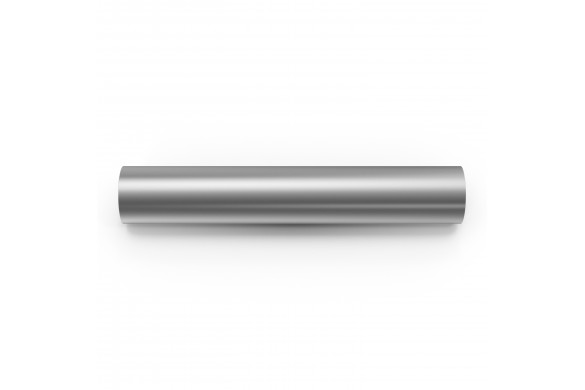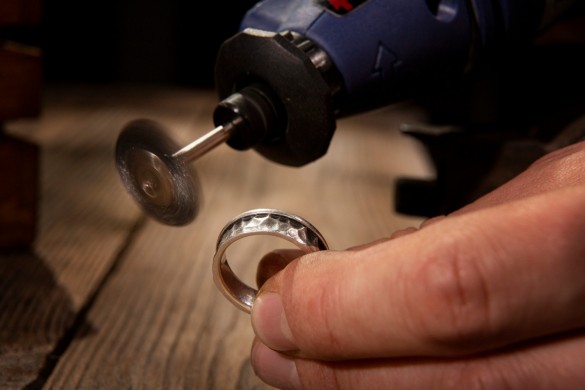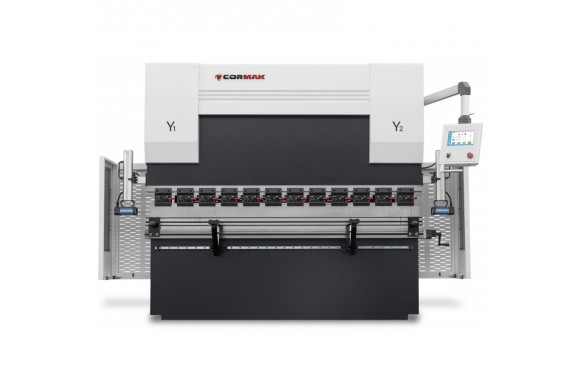Methods of hole grinding in metal

Hole grinding is a process that requires exceptional precision and the proper selection of technology. The goal is to achieve perfect geometry, surface smoothness, and dimensional accuracy, which determine the quality of the final component. In the industrial sector, where micrometric precision is crucial, it is the properly selected hole grinding methods that ensure repeatability and durability of components.
- Importance of hole grinding in the production process
- Methods of hole grinding
- Internal hole grinding – characteristics and application
- Hole grinding on a lathe and centering holes
- Modern hole grinding machines
- Summary
Importance of hole grinding in the production process
Hole grinding in metal is the final machining stage that allows for high dimensional accuracy and surface quality. This operation is commonly used in the automotive, aerospace, and machinery industries, where even minimal deviations can affect the tightness and durability of joints. Properly performed hole grinding eliminates microscopic irregularities formed after turning, drilling, or reaming, ensuring perfect component fit.
Methods of hole grinding
The choice of technology depends on the material type, hole dimensions, and accuracy requirements. The most common hole grinding methods include:
- Internal hole grinding – performed using specialized grinders or attachments, ensuring very high geometric accuracy.
- Hole grinding on a lathe – mainly used in smaller workshops or for single-piece production when a dedicated grinder is unavailable.
- Center hole grinding – used to obtain a precise seat for further machining or assembly.
- Plunge and longitudinal grinding – used depending on the hole depth and technological requirements.
Each method requires a specific selection of grinding wheel, rotational speed, and feed parameters, directly affecting surface roughness.
Internal hole grinding – characteristics and application
Internal hole grinding allows achieving very tight dimensional tolerances – often within a few micrometers. This process requires precision tools such as metal grinders available from Cormak. These machines are designed for working with steel, cast iron, or aluminum parts. Thanks to advanced CNC control and cooling systems, it is possible to grind components with high repeatability and perfect geometry.
Hole grinding on a lathe and centering holes
For smaller diameters or single-piece production, hole grinding on a lathe using a grinding attachment mounted in place of the tool holder is often used. This method allows quick machining without transferring the part to another machine. Meanwhile, center hole grinding plays a key role in preparing the element for further machining operations – the accuracy of this stage affects the quality of subsequent processes such as milling or drilling.
Cormak offers metal lathes that ensure precise alignment and stabilization of the part, resulting in a high-quality internal surface after grinding.
Modern hole grinding machines
For the best results, specialized cylindrical and internal grinders are used, guaranteeing top precision and repeatability. Combined with advanced measuring systems and process control, these machines are widely used in production industries where quality and accuracy are priorities.
The Cormak range also includes metalworking machines for a complete workflow – from initial turning to final grinding. As an experienced industrial machinery manufacturer, Cormak provides equipment that meets the demands of even the most advanced machining facilities.
Summary
Hole grinding in metal is a process where every micrometer counts. The proper selection of methods, tools, and parameters determines the quality and durability of the final part. Thanks to advanced technologies offered by Cormak, it is possible to achieve the highest precision regardless of material type or part complexity. Cormak metal grinders are the foundation of efficient production where accuracy and repeatability are as important as performance.





